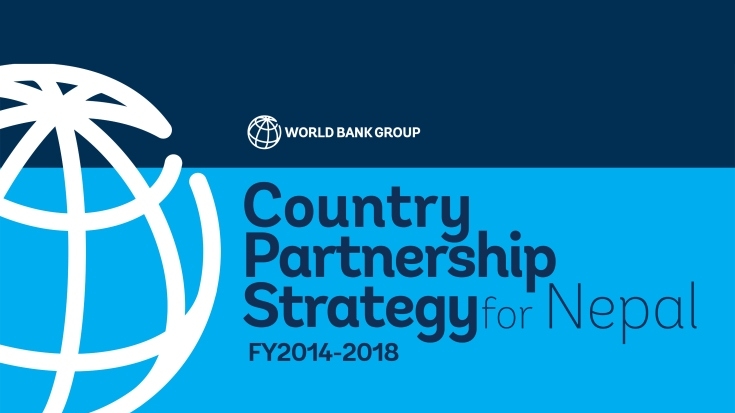The World Bank Group's new Country Partnership Strategy for Nepal marks a major shift in World Bank Group support to the country, away from short-term post-conflict assistance towards establishing the foundations for increased, inclusive and sustainable growth. After three consecutive interim strategies in Fiscal Years (FY) 2007, 2009 and 2011, the WBG will provide more long-term support through this Country Partnership Strategy (CPS) which will cover four years from FY2014-2018.
The Bank Group strategy will support the Government’s Development Plans. The development plan is implemented through consecutive three-year plans. The new 2014-2016 plan is currently being prepared and will build on the previous one (2009-2013). The overarching goal is to improve the living standards of all Nepalis and to reach middle-income country status by 2022.
Country Context
Nepal has achieved remarkable progress over the last years. The country managed to halve the percentage of people living on less than $1.25 a day in only seven years, from 53 percent in 2003/2004 to 25 percent in 2010/2011. Several social indicators in education, health and gender have also improved. In addition, since the end of the civil war in 2006, Nepal has successfully transitioned away from being a post-conflict country. While the country’s political transition – notably the drafting of a new constitution – is taking longer than expected, the November 2013 elections, which resulted in a peaceful transfer in power, were an important step toward the formation of an inclusive and democratic state.
To build on this progress, Nepal needs to take advantage of its economic potential and put in place the prerequisites that will provide faster, sustained and inclusive growth. While the political process remains intricate, the country urgently needs to pay greater attention to the economy. Remarkably, Nepal’s economy grew steadily even during the height of the conflict, and economic management remained prudent, resulting in a budget surplus in 2013. Yet growth levels are too low to enable Nepal to continue its past progress and relegate poverty to history. Current growth relies heavily on remittances supporting consumption and growth in basic services with low growth potential.
Challenges and Opportunities
To move to a higher growth trajectory, Nepal will have to remove bottlenecks to private and public investment in key growth sectors. The most vivid example of Nepal’s economic potential is hydropower. Hydropower development could be a game changer for Nepal. Development of the sector would reduce load-shedding and provide major revenues through exporting electricity to India and Bangladesh.
One of the major prerequisite for higher growth in Nepal is greater political stability and policy certainty. Poor and insufficient infrastructure is also the single most important economic bottleneck to growth in Nepal—and therefore to more jobs, improved services, better livelihoods, and lower poverty. Other challenges include a difficult regulatory environment and an urgent need to consolidate financial sector stability.
Agriculture will continue to be an important source of growth, jobs and poverty reduction, at least over the medium-term. Key challenges in the social sectors include low access to and low quality of skills development and persistently high childhood malnutrition. Nepal would also benefit from strengthening its governance and management of public expenditures, streamlining and strengthening budget preparation, improving budget execution, and improving transparency and oversight.


